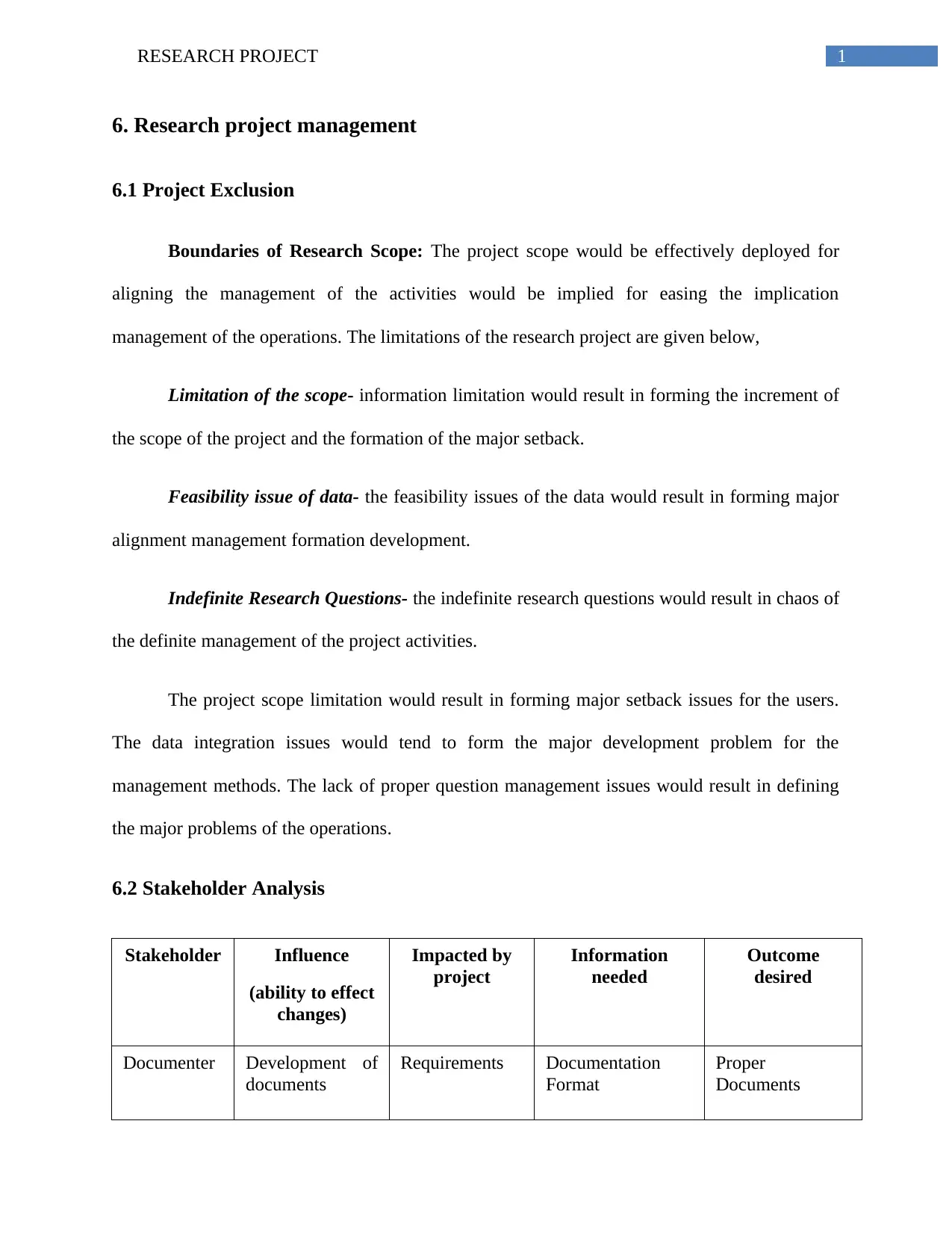Significance of Interpersonal Conflict Management in Project Management
VerifiedAdded on 2023/06/03
|5
|564
|134
AI Summary
This research project analyzes the importance of interpersonal conflict management in project management for CQU students. It covers project exclusion, stakeholder analysis, and data management.
Contribute Materials
Your contribution can guide someone’s learning journey. Share your
documents today.
1 out of 5








![[object Object]](/_next/static/media/star-bottom.7253800d.svg)